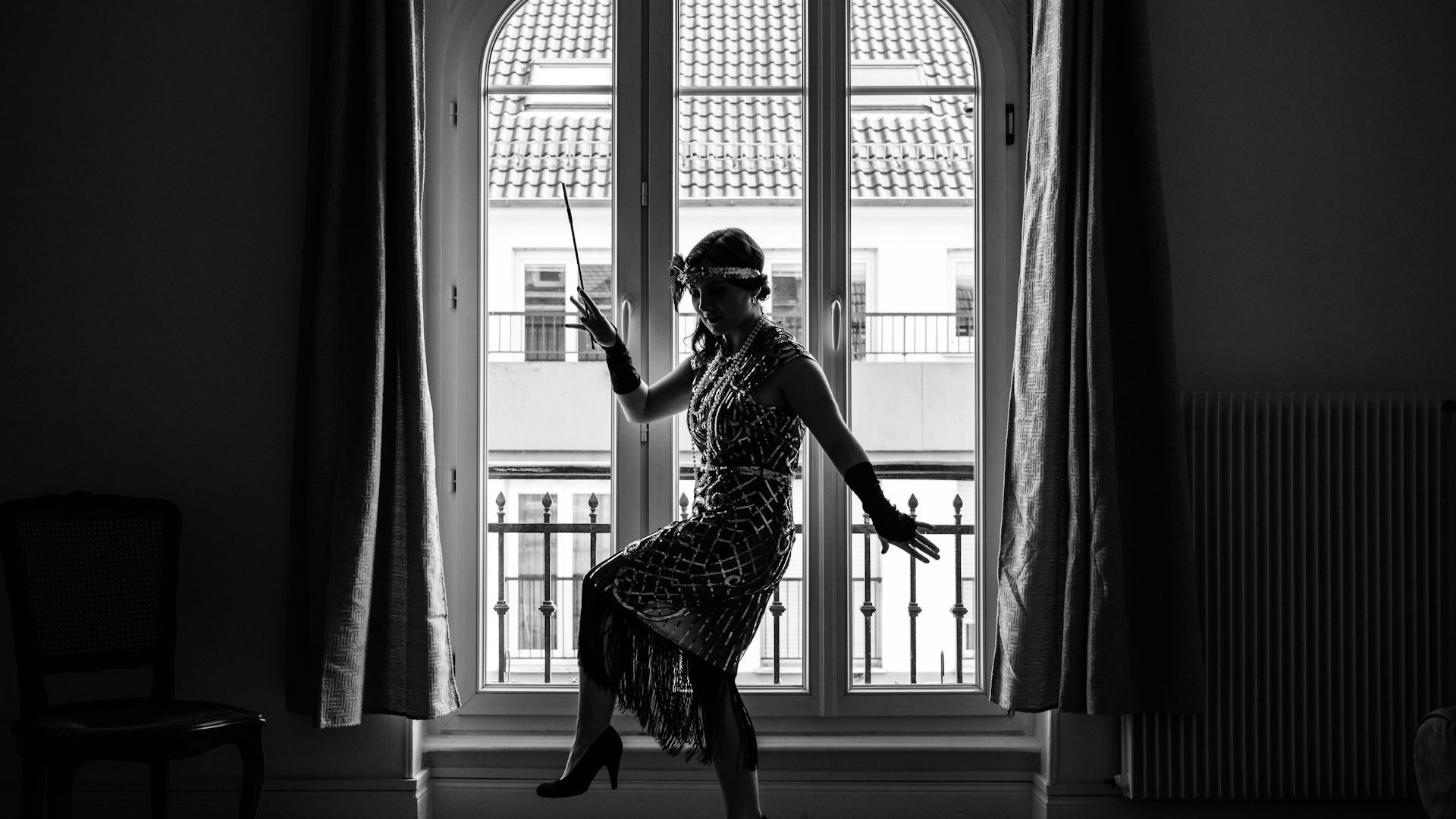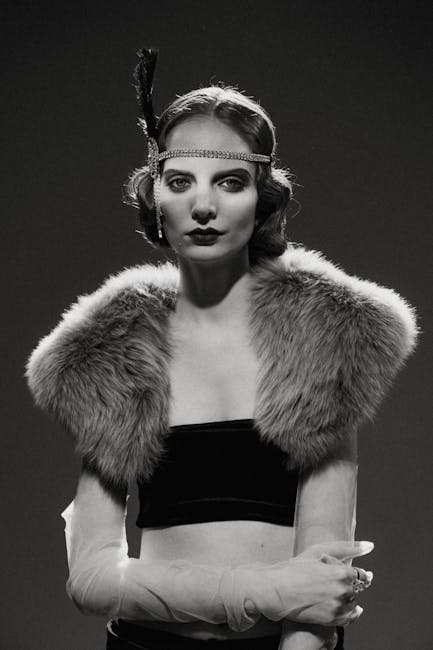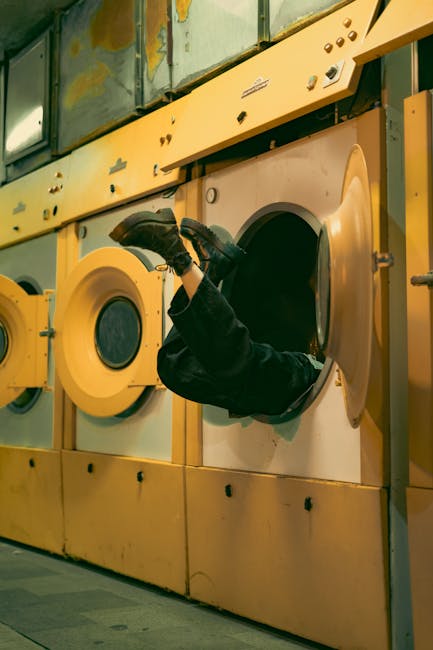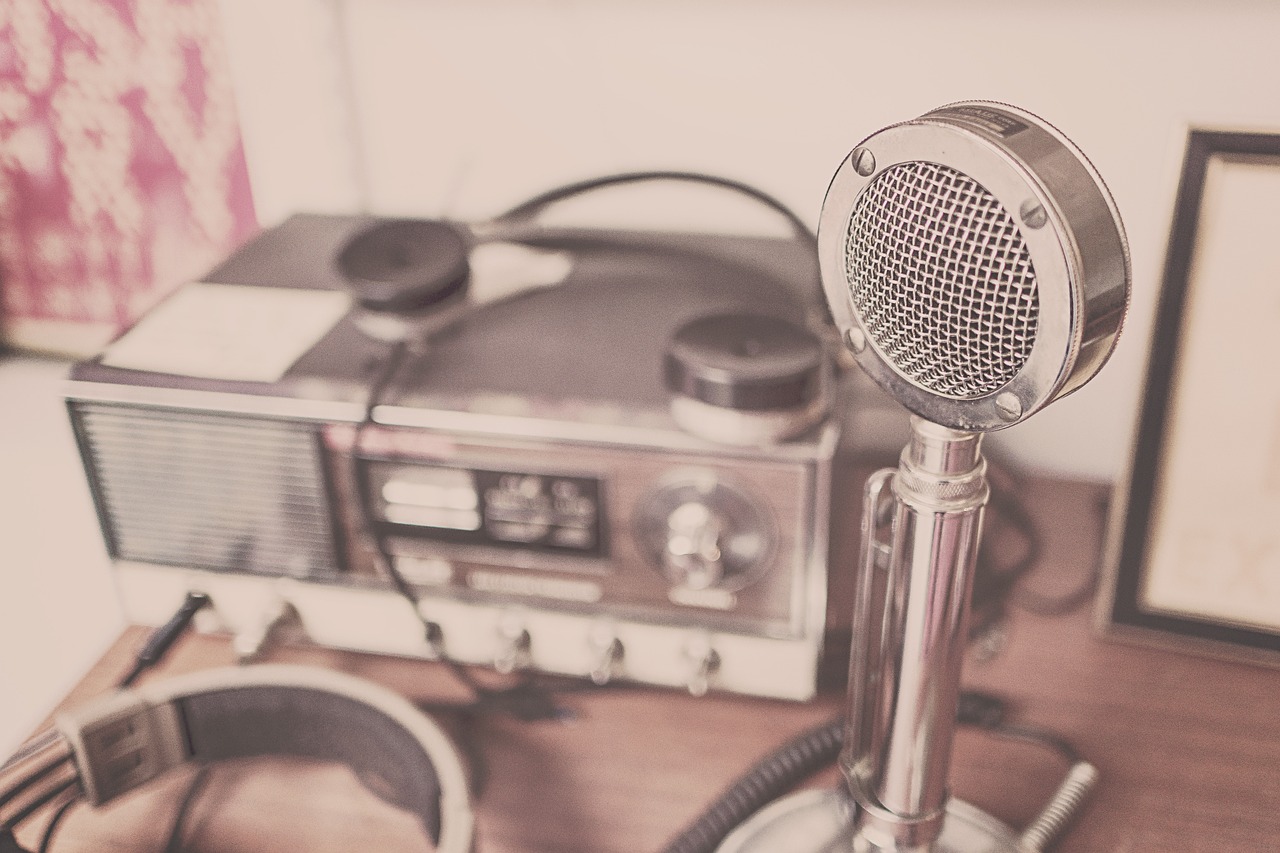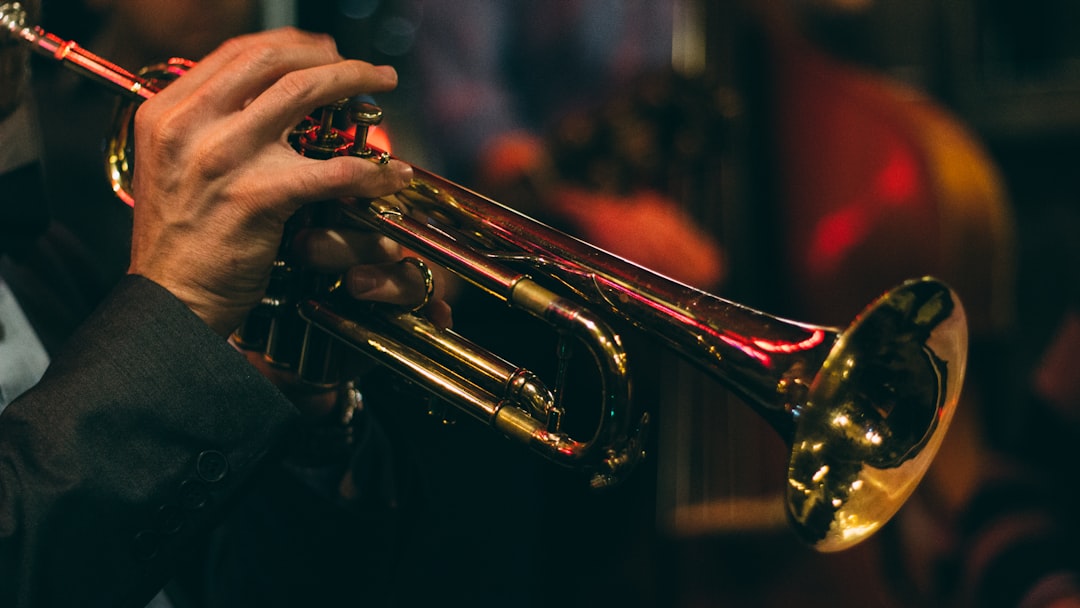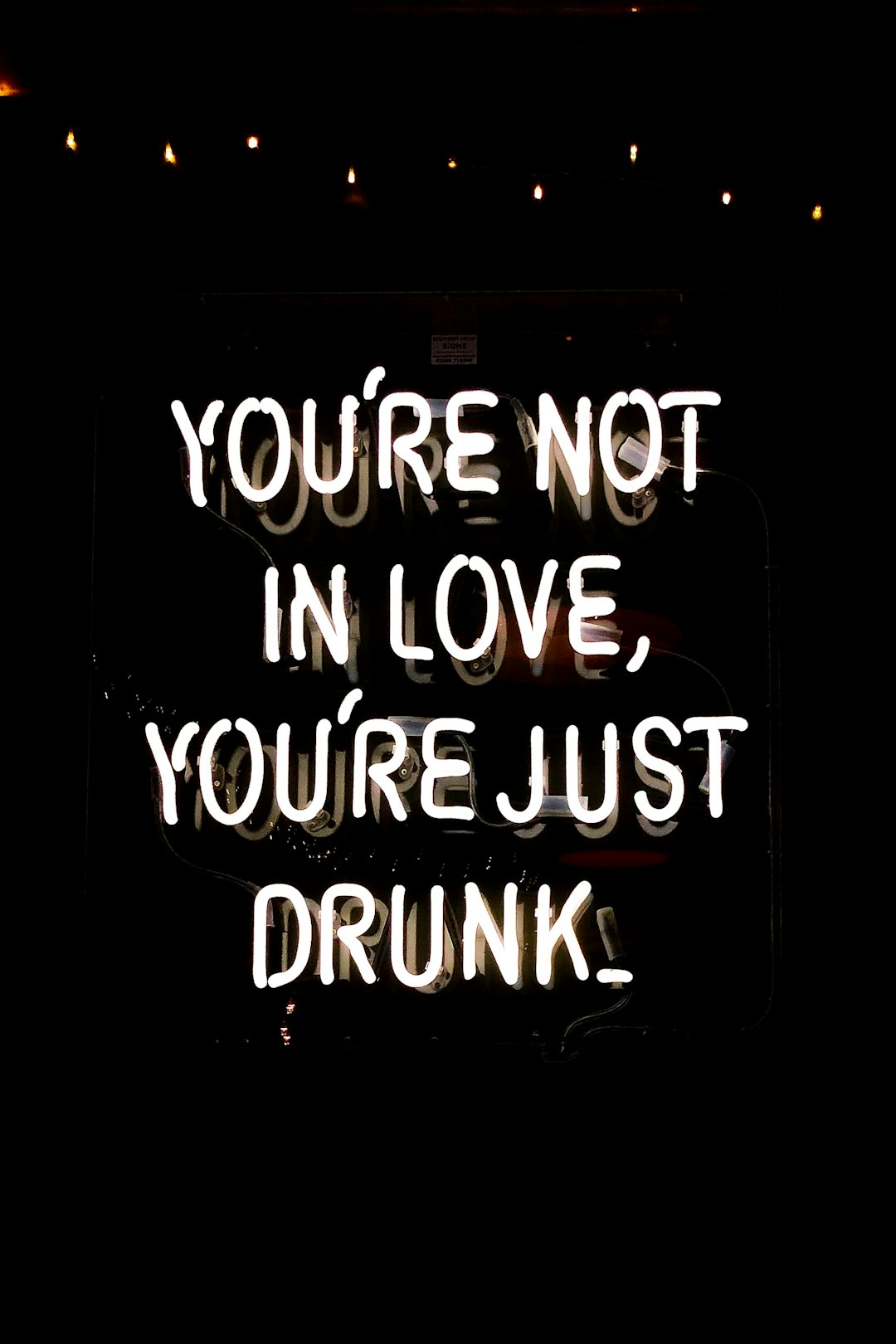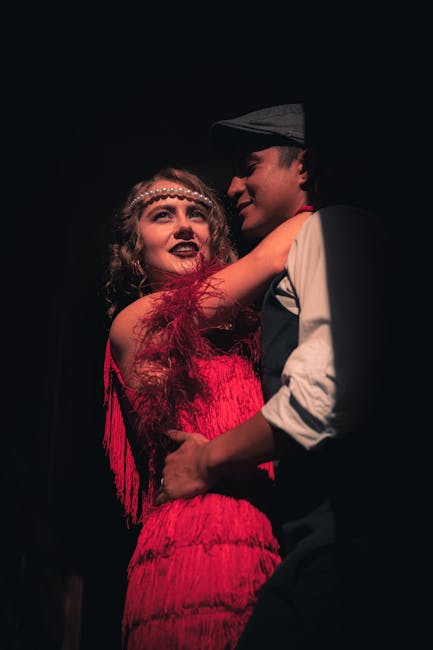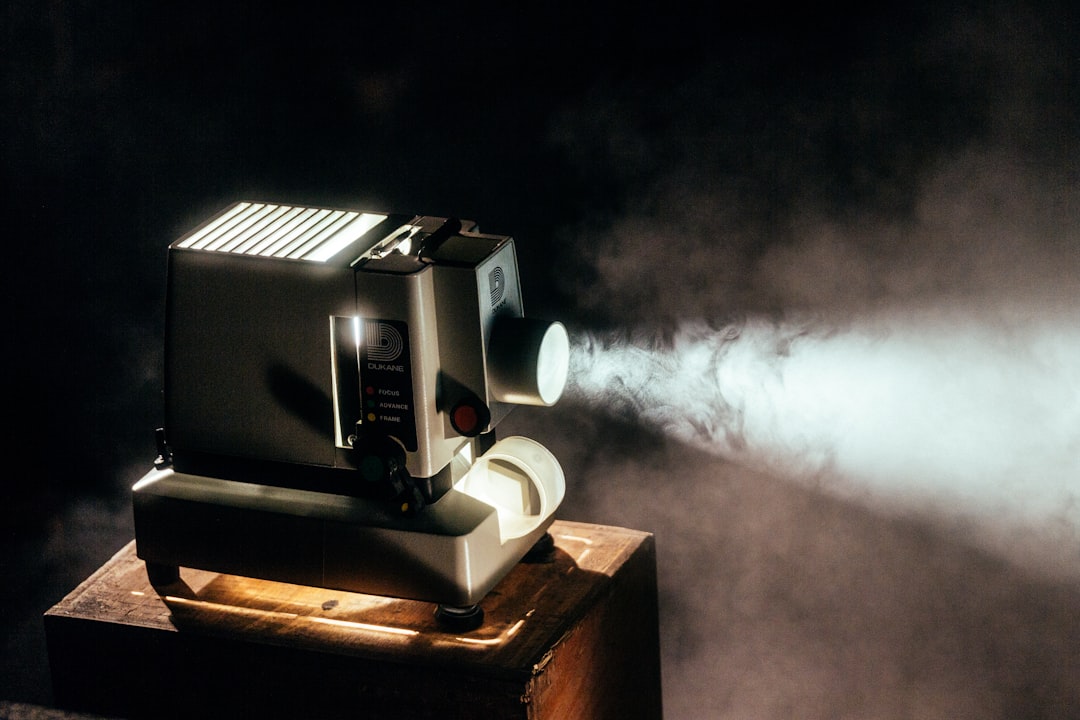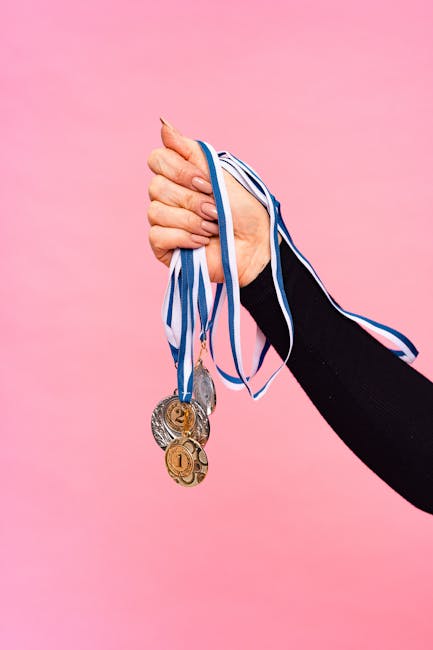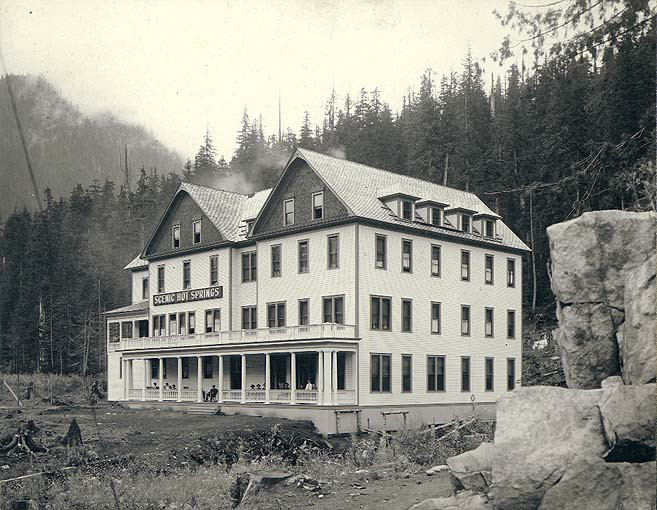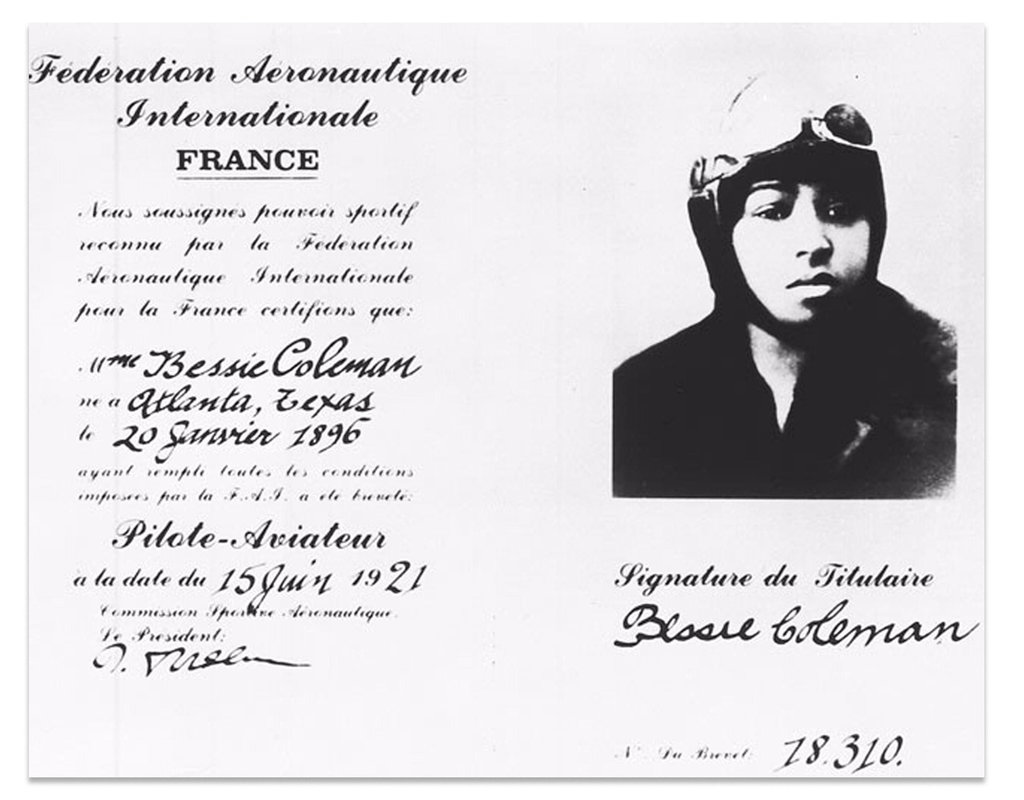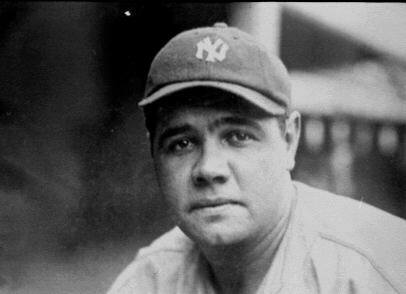The Flappers Danced For Rights
The Roaring 20s was a dramatic era of change in society, politics, and economics. Life was forced to adjust as more people began to live in cities rather than on farms. It was a tough transition for some, causing a great deal of conflict over celebration. So what was so great about this era of flappers and dappers? Without ignoring the ugly side, we can still uproot the beauty that came from this significant time.
1. The “New Women”
Arguably the most recognized symbol of the 1920s is the flapper. The iconic image of a flapper was a bobbed-hair woman in a short skirt, smoking a cigarette as she sipped her martini. Their “unladylike” behavior was a statement for equality–– women were on the rise and were given the right to vote and work in jobs. The scandalous flappers were no scandal at all–– they were empowering women.
2. Birth Control
The 1920s brought another female-empowering shift in society. Birth control devices became more widely acceptable and there was an increase in their availability. With easier access to birth control, women could have fewer children and decrease financial stress and other hardships.
3. Electricity
The 20s were electrifying for many reasons and the power of electricity is one of those examples. By the mid-twenties, households with electricity jumped from about 16% to 60% across the United States. With home electricity came new appliances such as laundry machines, freezers, and vacuum cleaners.
4. The Radio
America’s first commercial radio station struck the airwaves at the start of 1920. A couple of years later, the radio station could be heard across the entire nation. By the end of the decade, there were hundreds of stations and over 12 million households had radios.
5. Automobiles
The rise of the automobile can be seen as both a positive and a negative shift in humanity. On the plus side, cars were pretty affordable which transformed them from luxuries to necessities by the end of the twenties. Most families owned a vehicle and could scoot around much easier than ever before.
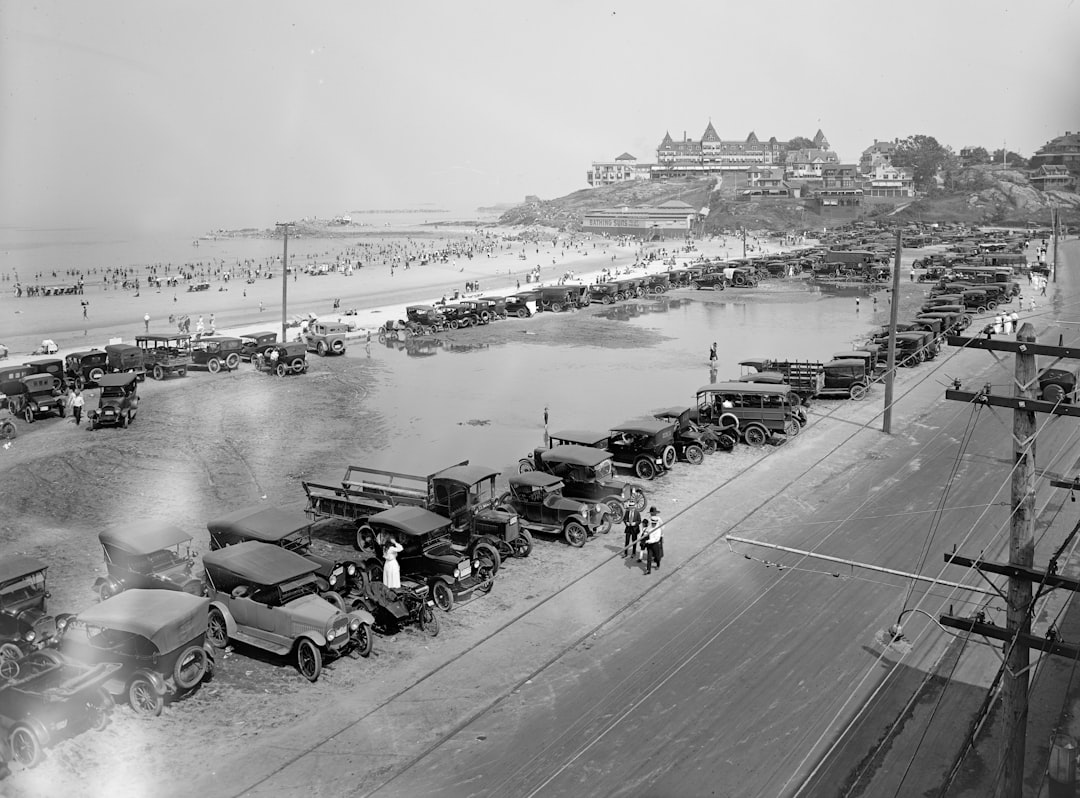 Boston Public Library on Unsplash
Boston Public Library on Unsplash
6. The Jazz Age
Young people just wanted to dance! City venues began to host jazz bands and people were able to blow off steam on the dance floor. With widespread radio, stations could blast tunes across the country and folks could cakewalk in their living rooms too. The “vulgar” music and promiscuous dance moves may have ticked off the grandparents a little bit.
7. Prohibition
With prohibition came a lot of revolt and conflict. It was a dark time for many but some light was shed from the decrease in alcohol. There was an increase in awareness of alcohol-related problems which decreased during the alcohol ban. Less people were getting drunk which meant fewer deaths, less violence, and less disorderly conduct.
8. Civil Rights Activism
We won’t ignore that there was a disgusting amount of discrimination in this decade. The good that came out of a very racist era was civil rights activists drawing attention to the horrible treatment of Black Americans. Systems and practices began to be put in place to help protect black people in the workplace. A first political milestone occurred in 1928 when a Chicago Republican became the first black congressman to be elected to the House of Representatives. There was a long way to go but it was a start.
9. Party Party Party
“A little party never killed nobody!”–– The 20s wouldn’t have their roar without their electrifying party scene. After being devastated by a world war and a nationwide banning of alcohol, many Americans had enough and wanted to rebel with grand parties. With that came a new perspective of freedom and liberation for many, especially women.
10. Fashion
Besides the new flapper trend, the fashion industry changed dramatically for all. Fashion wasn’t just for the upper class anymore and everyone became more style-conscious. Men’s clothing became less stiff and provided more variety with accessories like fedoras, patent leather shoes, and colorful bow ties.
11. Movies
The new era of technology was the birth of show biz. People went bonkers for the cinema! Americans now earned some extra cash that they could spend on entertainment. Hollywood dazzled the nation with movie stars and talking pictures and citizens were enjoying nights out to the theater.
12. Competitions
People of the 20s liked to test the limits of human strength and endurance. There was a fad for competitions that entertained the nation. Such competitions were long-distance tango races, gum-chewing contests, and talking marathons, to name a few. Entertainment overall was becoming more eclectic and fun.
13. Affordable Travel
Middle-class Americans benefited from the strict immigration laws. Steamship companies faced a huge loss in income and redirected their business to tourists. Low-cost cabins were offered on cruises and people could take leisurely trips around the world.
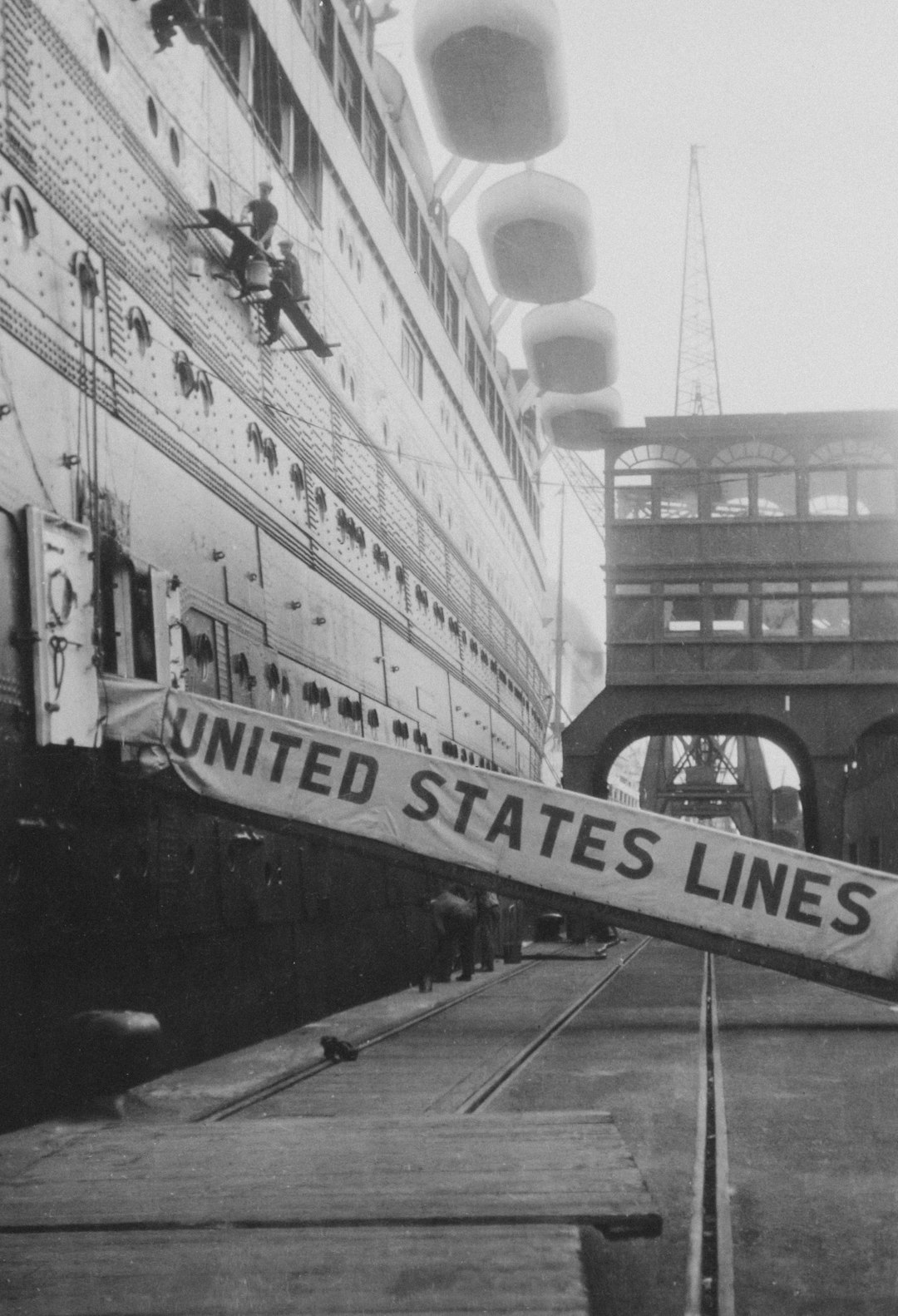 Museum of New Zealand Te Papa Tongarewa on Unsplash
Museum of New Zealand Te Papa Tongarewa on Unsplash
14. Hot Springs
Health resorts became a fad in the 20s. Therapeutic spas opened up and folks could destress in a thermal mineral spring. Relaxation became a bigger part of the culture with health-related ailments and services provided at hotels and other establishments.
15. Aviation
Pilots were sought after and stunt people became regular performers. As technology advanced, aircraft did too. Air races and stunts like wing-walking ignited a new type of entertainment called flying circuses. Women were part of the flying spectacle, including Bessie Coleman, the first African American woman with a pilot license.
16. Babe Ruth
Baseball gained popularity after WWI and professional games were striking the nation. Babe Ruth became the most celebrated athlete of his time with his record-breaking home runs and rags-to-riches story. Many will claim the Yankees All-Star saved baseball from national disgrace after the 1919 Chicago Black Sox scandal.
17. The Great Gatsby
The book written by F. Scott Fitzgerald highlighted the political, cultural, and social tensions of the 1920s. Although it didn’t become popularized until 1950, the novel raised awareness of the 20s pretty and ugly sides. The book coincided with the times including a feminist protagonist and a criticized reflection of a very complex society.
18. Penicillin
Alexander Fleming discovered the bacteria-killing substance we know as penicillin in the early 1920s. His discovery led to an advancement in medicine and gained traction around the world shortly after. It is a potent antibiotic that has helped many ill patients.
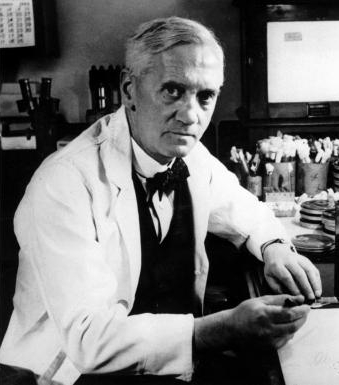 Calibuon at English Wikibooks, cropped by User:AlanM1 on Wikimedia
Calibuon at English Wikibooks, cropped by User:AlanM1 on Wikimedia
19. Art Deco
Artists became more appreciated in America and international art was influencing the country. Art Deco was a design movement that inspired architects in the 20s and brought artistic value to the American people.
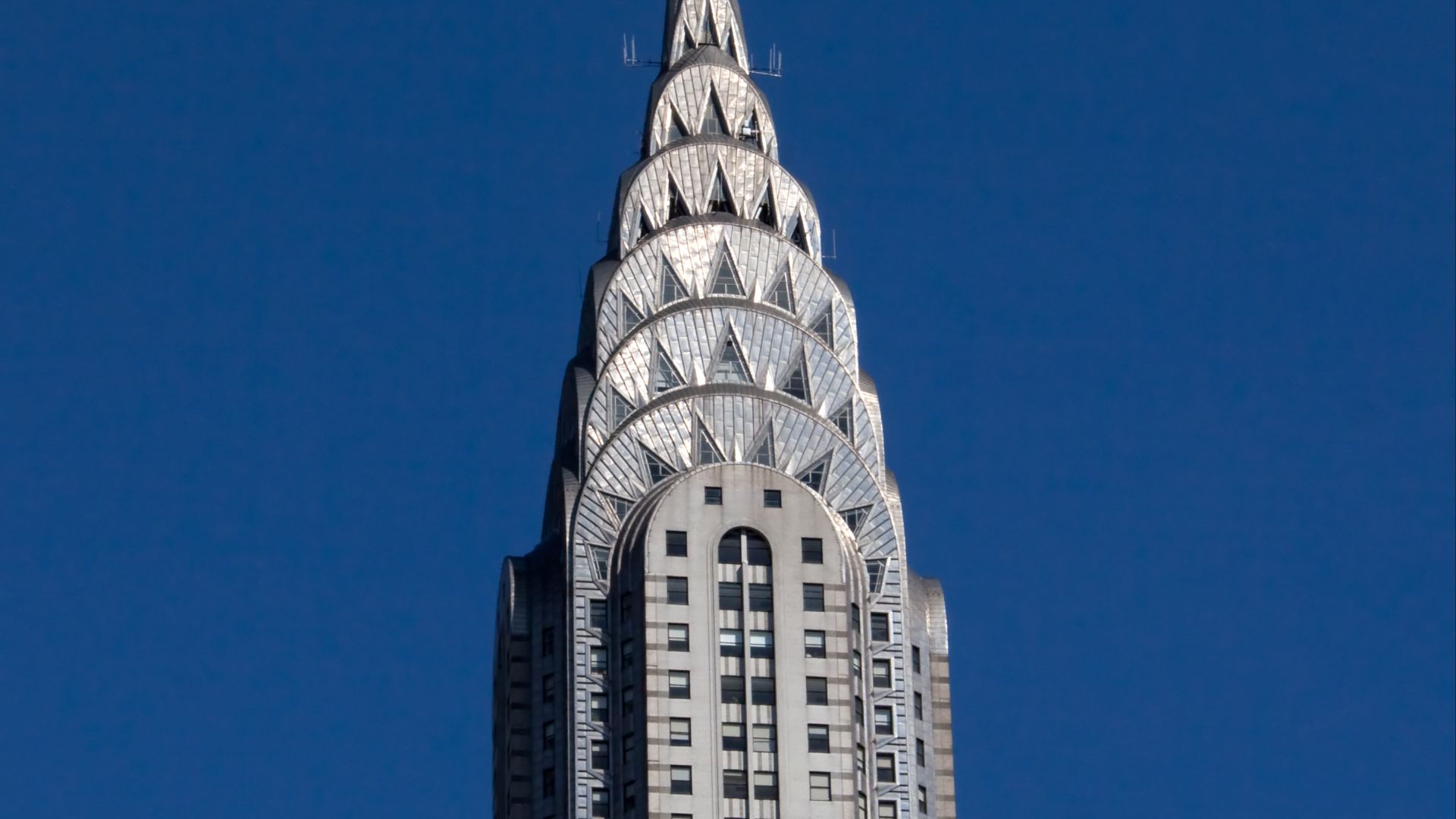 Tony Hisgett from Birmingham, UK on Wikimedia
Tony Hisgett from Birmingham, UK on Wikimedia
20. Disney
The 20s gave us Disney! 1928 was the year Mickey Mouse was introduced to the world in the film called Steamboat Willie. Walt Disney Studios has been producing iconic films for children ever since.
KEEP ON READING

10 Greatest Quarterbacks Of All Time & 10 That Overrated
Do You Disagree?. Few topics in sports generate as much…
By Farva Ivkovic Dec 2, 2025
The story of Ching Shih, the Woman Who Became the…
Unknown author on WikimediaFew figures in history are as feared…
By Emilie Richardson-Dupuis Dec 29, 2025
20 Shakespearean Words, Translated For A Modern Audience
What’s In A Word?. Shakespeare was a wordsmith of the…
By Breanna Schnurr Dec 17, 2025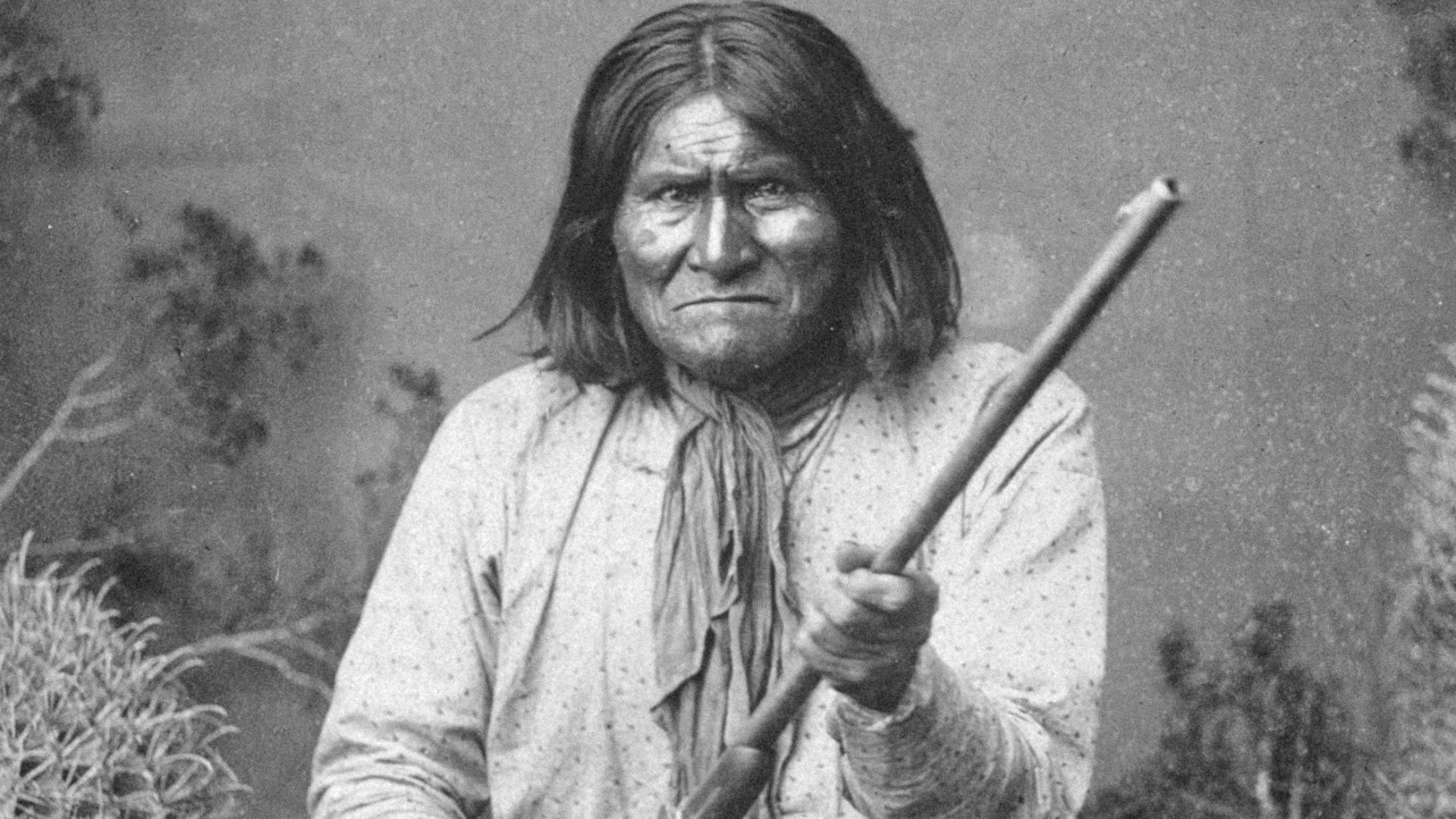
20 Inspiring Stories From Native American History
Incredible Stories Of Resilience And Endurance. Many of us didn't…
By Ashley Bast Dec 17, 2025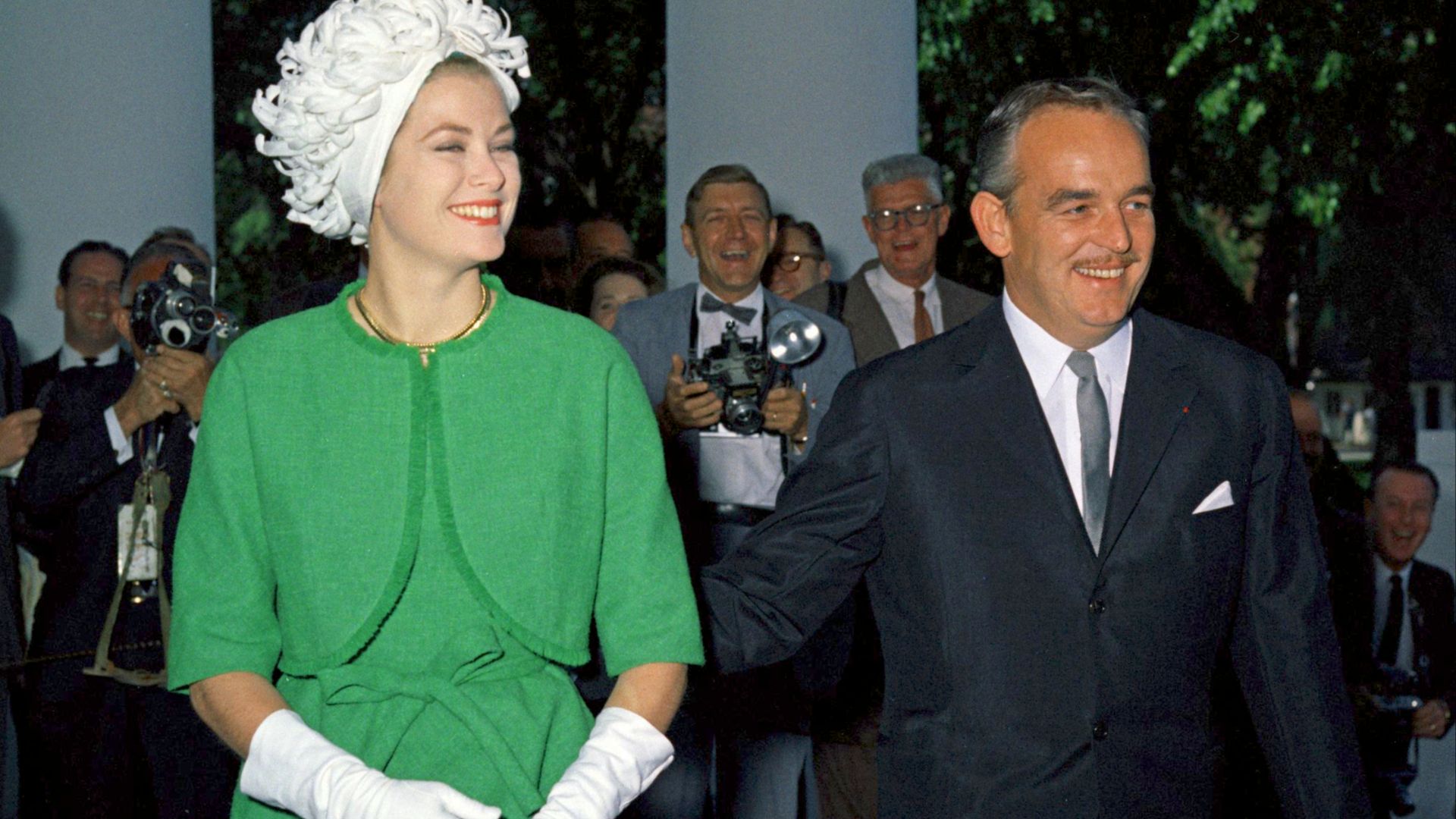
You Think You Have Problems? These Royal Families Were Cursed
Boasson and Eggler St. Petersburg Nevsky 24. on WikimediaHeavy is…
By Ashley Bast Dec 5, 2025
MH370: The Plane That Can't Be Found
Anna Zvereva from Tallinn, Estonia on WikimediaEleven years after Malaysia…
By Christy Chan Dec 10, 2025

